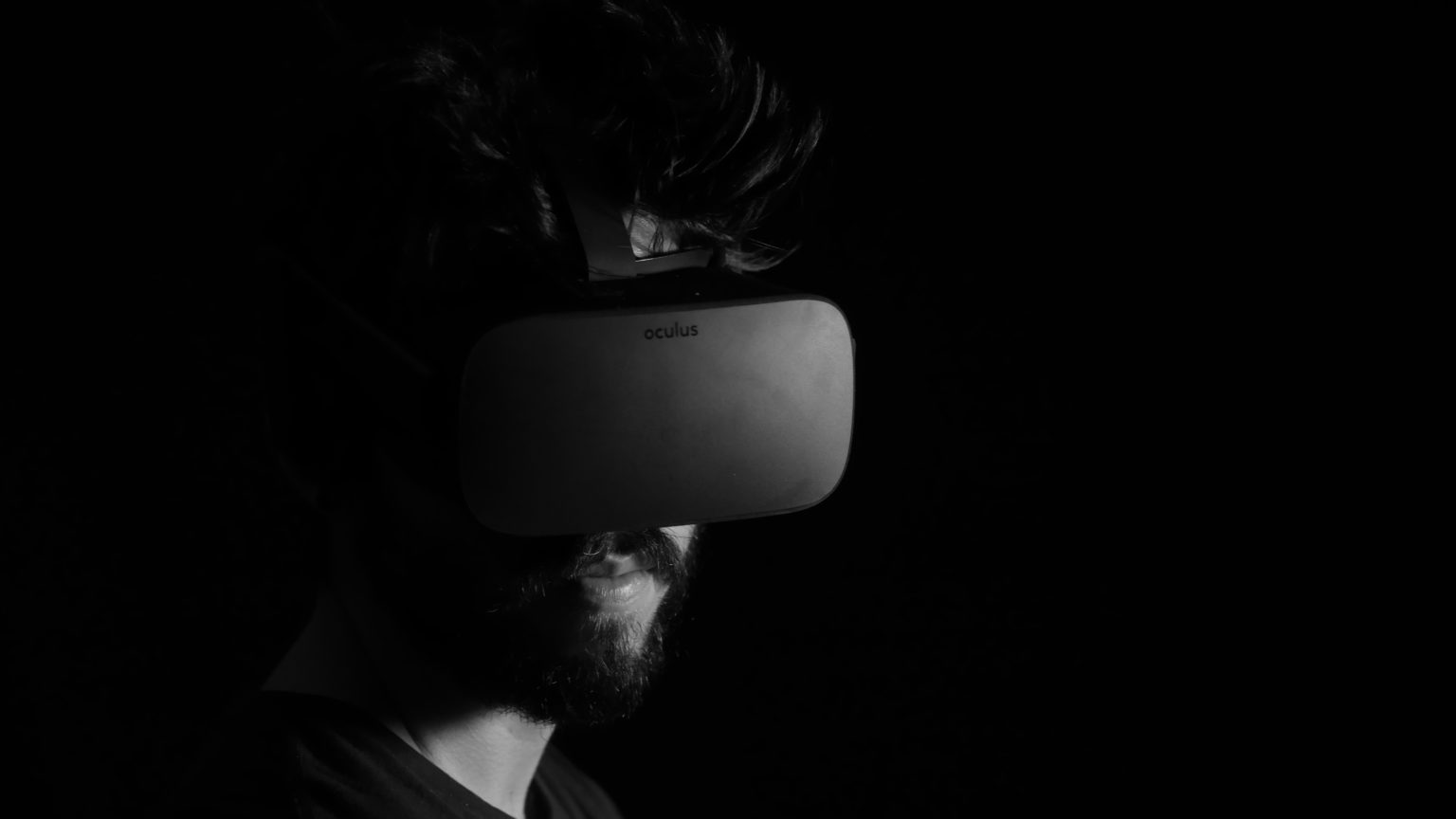Many are questioning the recent quiet concerning the Metaverse, after the enormous curiosity it has generated in recent months, replaced by new trends such as Artificial Intelligence. Some remain doubtful about this trend, viewing the Metaverse as the latest attempt at marketing manipulation by Big Tech, while others have always believed in it and persevere in this confidence. Statistics cannot be ignored: Tim Sweeny, CEO of Epic Games (one of the leading companies in building the new technological paradigm), estimates that the total audience of the various social virtual worlds now exceeds 600 million active users.
- From Stepheson’s “Snow Crash” to Matthew Ball’s “The Metaverse”: a future projection of the Metaverse
- The Metaverse as an experience
- Technologies for accessing the Metaverse: the essential role of virtual reality
- The working world: changing professions

From Stepheson’s “Snow Crash” to Matthew Ball’s “The Metaverse”: a future projection of the Metaverse
In 1992, Neal Stephenson, an author of science fiction and cyberpunk fiction, first mentions the term Metaverse in his novel “Snow Crash.” The plot is set in a late 20th century America dominated by large corporations, surrounded by nuclear debris and post-industrial suburbs. The only escape from reality is immersion in the Metaverse, a computer-generated alternate universe accessible through virtual reality devices, where it is possible to do virtually anything.
The Metaverse outlined by Stepheson represents a vision of an as-yet unreached future. Matthew Ball, a renowned expert on these matters, has attempted to explain and define the Metaverse in terms of contemporary technology. According to Ball, the Metaverse is an interconnected network of real-time 3D virtual worlds, simultaneous experiences and persistence by users, with a sense of individual presence and continuity of data, such as identity, history, rights, objects, communications and payments.
The Metaverse as Experience
Although the technological vision described by Ball has not been fully realized, it can be stated with great confidence. Since the 2000s, millions of users have been interacting in real time through various shared online game platforms, thanks to insights such as Philip Rosedale’s Second Life. Players, in addition to entertaining themselves, meet each other, create relationships, and sell products and services. It is a true conjunction of a video game and a real-time social network.
After Second Life, other platforms such as Minecraft, Roblox and Fortnite took over. These authentic digital places have become hotspots for new generations, who spend most of their time online. This phenomenon is supported by the data: 50 percent of Gen Z uses these platforms to socialize, 75 percent of young Americans have an account on Roblox (entire generation), and during the pandemic, the number of active users on Second Life reached 900,000 (17 years after the game’s launch).
Technologies for accessing the Metaverse: the essential role of virtual reality
While hundreds of millions of people experience the Metaverse in its primordial form, that is, through virtual social worlds, the ecosystem of technologies that will facilitate wider deployment continues to develop rapidly. The Metaverse’s enabling technologies, in addition to 3D simulated worlds, include Blockchain (which facilitates the creation of decentralized economies within virtual worlds), Artificial Intelligence (which, among other applications, also provides a synthetic voice to avatars within these ecosystems), and most importantly Virtual Reality (VR) and Augmented Reality (AR). VR provides first-person access to these worlds, while AR allows virtual elements to be superimposed on the physical environment around us. Both are parts of the same whole and are often referred to in terms of “eXtended Realities” (XR) or “immersive technologies”
On their relevance we recall the June 22, 2015 email in which Mark Zuckerberg explains to his shareholders why he acquired Oculus VR – a startup for which he recently paid a handful of billions of dollars “Our vision is that VR/AR will be the next major computing platform after mobile in about 10 years. It can be even more ubiquitous than mobile – especially once we reach AR – since you can always have it on. It’s more natural than mobile since it uses our normal human visual and gestural systems. It can even be more economical, because once you have a good VR/AR system, you no longer need to buy phones or TV’s or many other physical objects – they can just become apps in a digital store.



